My boring black zip-around wallet finally gave up the ghost. A few hours into searching for a good replacement I realized I could use a Hobonichi Weeks cover (<– this link has a great series of pictures plus a review). Which meant I now had a reason to buy a Hobonichi Weeks cover
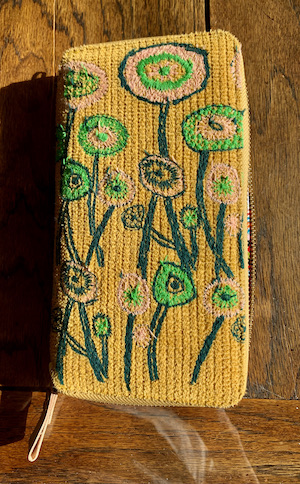
This meant ordering a Weeks. My chosen cover (Minä Perhonen’s Path in camel) and planner arrived from Japan last week. It does mean I’m now keeping two paper planners (I also use the Cousin as both a journal and weekly calendar) but is so beautiful and such a pleasure to write in. As a wallet it holds enough of both cards and cash (as much as my old wallet did) while also having a planner with the marvelous Tomo River paper.
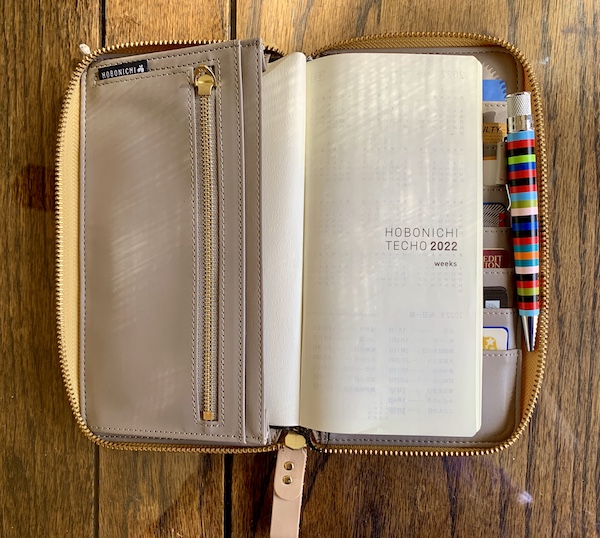
Humorous story (okay, well sort of humorous. Certainly embarrassing).
So the yellow box arrives and I open it to find my Hobonichi calendar and cover. All is well. First I put them together. Lovely fit. Then I load in my credit cards and cash — working great.
But then there is the pen loop. Pens are so important. What pen to use?
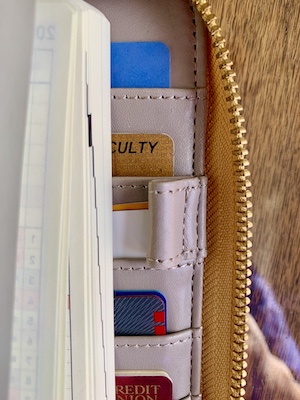
I first grabbed my favorite white tortoise Pelikan because it’s always my first go-to pen. But it’s too thick, never going to fit in the pen loop. In fact the Pelikan is way too thick. Or, rather, this pen loop is way too small. I start to complain about it to my husband as I try and force my skinniest pen into the loop. Even a Le Pen isn’t fitting. This is ridiculous.
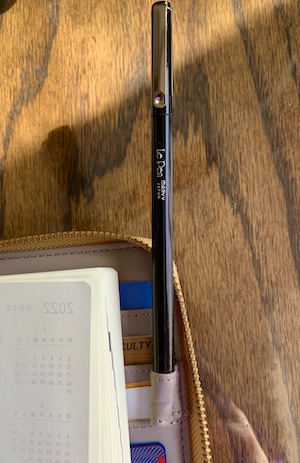
How could such an expensive wallet have such a terrible pen loop? The loops on my Cousin covers are great. As I asked that, my brain suddenly changed gears. Pens matter in Japan and these planners are designed and made for pen lovers. Such an expensive, well-designed item would not have a carelessly small pen loop. It’s not a loop for a pen. At least, not for a pen’s body. I picked up a lovely Retro51 Smithsonian – Gene Davis (more on this in a future post) and slid the clip into the loop. Perfect! I smiled at the lovely sight and thanked all that’s holy that I figured this out before I whined on Twitter.
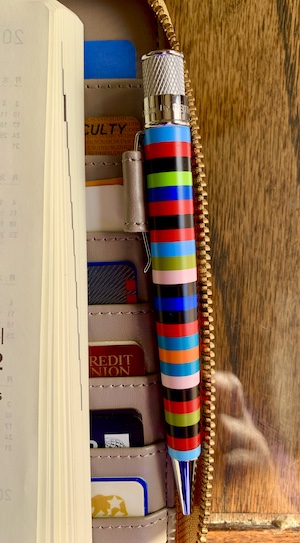
Now that the cover and planner were together, I started looking through it more closely. Many people have written about the Weeks for years, but I still was surprised that even though its is super thin, the Weeks has so many of the interesting and useful pages that I’ve come to associate with the Cousin. First, of course, it has the calendars: multi-year view, fillable year at a glance, monthlys (all grouped together), and then the weekly spread. I especially liked this weekly set-up as the calendar on one side, notes on the other, was the way I always set-up my Bullet Journal.
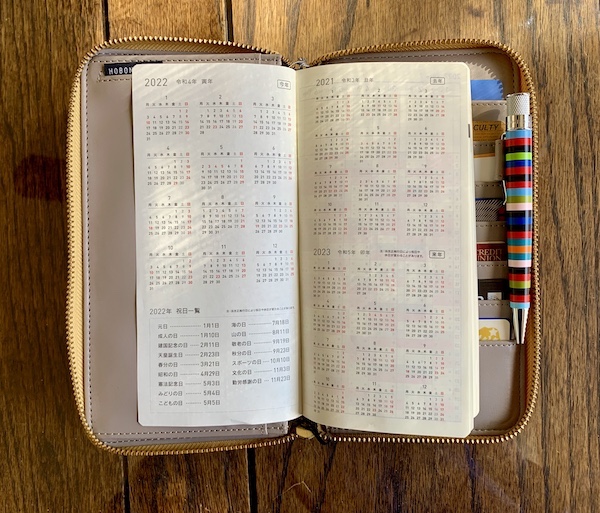

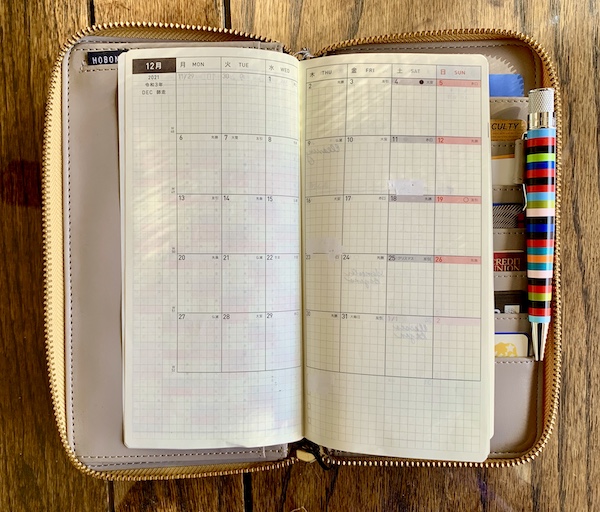
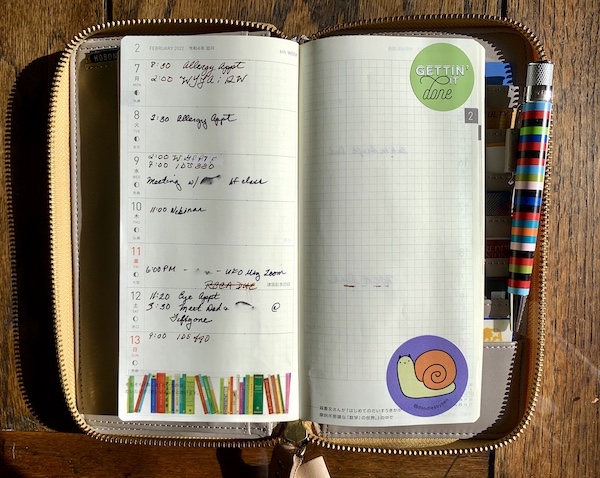
In addition to these great calendar pages, it also includes some of the lovely random Japanese planner joy that I associate with my Cousin.
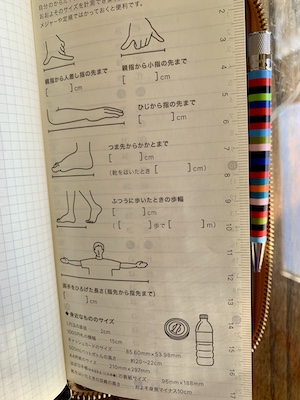
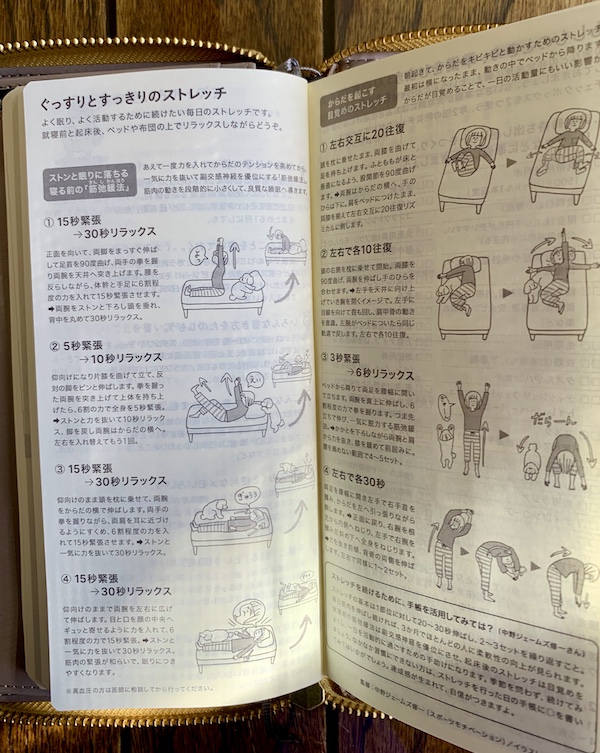
But best of all, the Weeks has those amazing Japanese quotes, one for each week, the way the Cousin has on its daily pages. These are my favorite Hobonichi thing. Here is the quote for the first week in January.
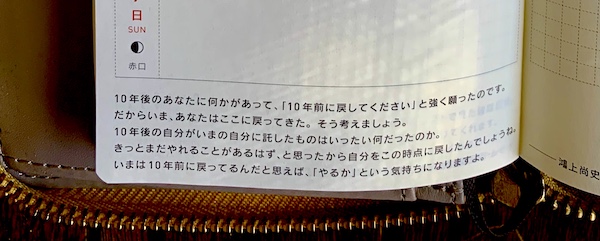
I’ve always loved listening to and looking at languages I don’t know. I’m not good at learning languages, but enjoy hearing the different tones and cadences outside of English. I stare at the Japanese for a while, confirm I still can’t read the language — at all — and then point Google Translate at it.
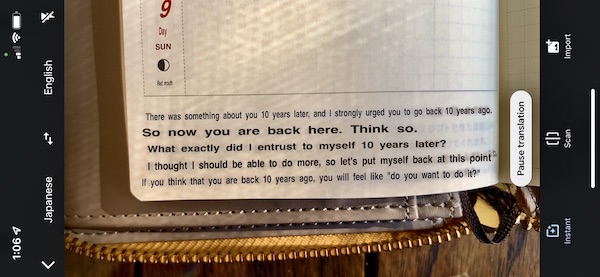
At this point I try and puzzle out the meaning as Google’s translations don’t generally make sense. Having these Hobonichi quotes in Japanese pleases me — I would want this version even if there was an English one available.
A few years ago I wouldn’t have ordered the Weeks because (get this) I wouldn’t feel I deserved it because my Cousin has so many daily pages that I don’t manage to journal in. I switched from the Passion Planner to using a Bullet Journal because blank pages in my planner made me feel like a failure, like I was wasting money and resources by not using every day, every inch. The fact is that when I get overwhelmed (frequent), anxious (also frequent), and/or depressed (happily less frequent thanks to Wellbutrin), journaling and even making lists of things I need to get done falls by the wayside. This isn’t useful from a productivity perspective, but some days trying to survive is enough.
So, what changed to make me brave enough to go down the Hobonichi planner route? More on this later, but a large part was listening to April (Penguins Creative) on the podcast The Stationery Cafe. In talking about her many journals and what she uses them for, she made a comment along the lines that if buying a journal and using it sometimes gives one pleasure, that journal has done what it’s supposed to do. This revelation deserves its own blog post, but suffice to say it rocked my world. Who, after all, is my planner for, if not me?
Anyway, enough. The point of all this is that now my wallet is a Hobonichi planner and it’s wonderful.